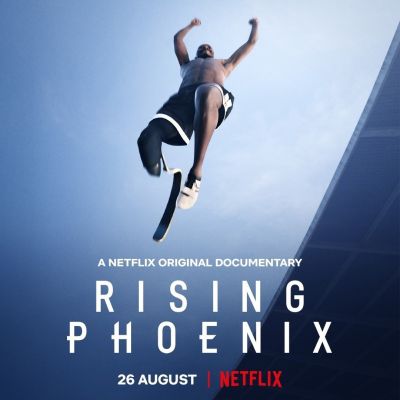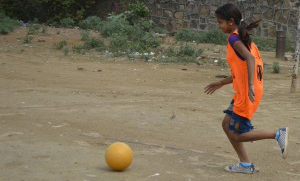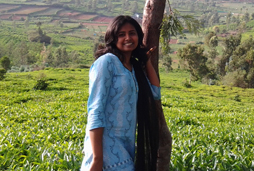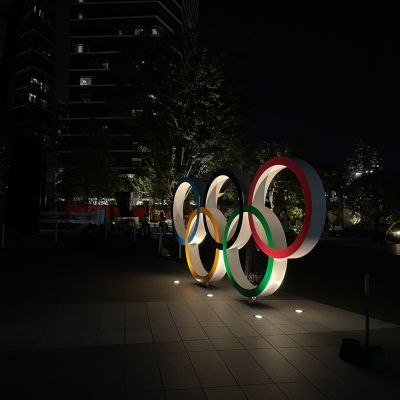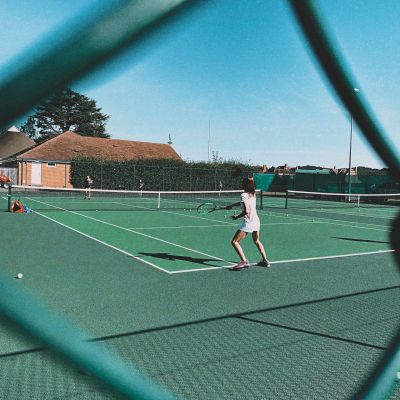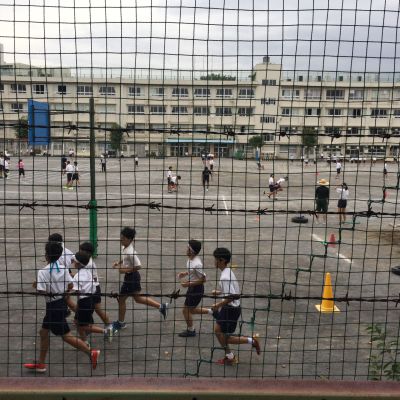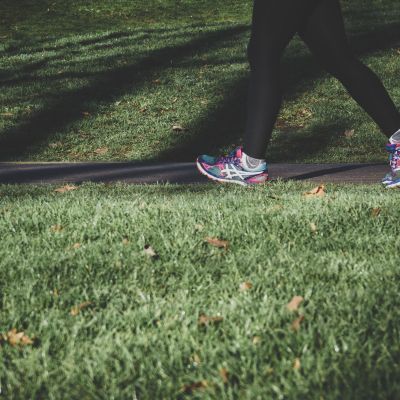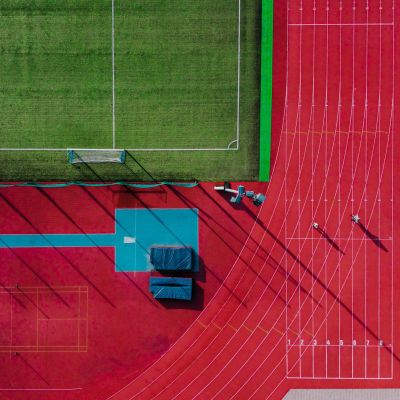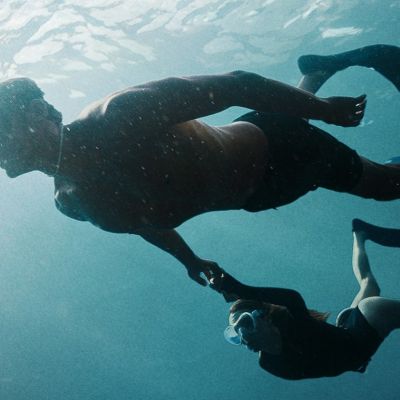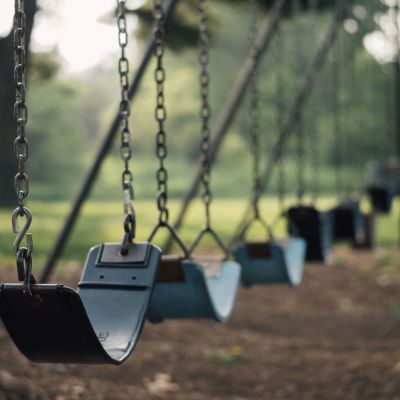Sports and Sexuality
कई लोगों को नहीं लगता था कि पैरालिंपिक्स वास्तव में एक खेल आयोजन है। लेकिन इन गेम्स ने दिखा दिया कि कैसे विकलांगता के साथ खेलने वाले ऐथलीट्स असाधारण लक्ष्यों को प्राप्त कर सकते हैं, भले ही उनके आसपास के लोगों को लगता हो कि वे नहीं कर सकते।
अधिकतर लड़कियों के लिए गोल प्रोग्राम वह पहला साधन बनता है जहाँ वे अपने जीवन, घरों में और आसपास हो रहे अपने जेंडर की भूमिका, भविष्य के बारे में सवाल, स्वाधीनता और उसकी चुनौती को समझ सकें।
पारंपरिक जेन्डर भूमिकाओं ने हमेशा ही खेलों के स्वरूप को प्रभावित किया है। यह सच है कि एक ऐसी जगह में, जो विशेष रूप से पुरुषों के लिए ही बनी थी, धीरे धीरे महिलाओं के लिए स्वीकार्यता आई है, लेकिन इस स्वीकार्यता ने औरतों को स्वतंत्र रूप से ख़ुद को स्थापित करने के लिए बहुत कम जगह दी है।
Society finds a million different ways to tell us that sports are not for women but why? In popular culture, it is mostly men who are shown to be excelling at sports. Athletic women are shown as out-of-place ‘tomboys’ and outcasts.
They use sports, technology, arts, and media to express themselves and to build the confidence to exercise choice and negotiate decisions about their bodies, health and life.
Lack of women’s representation in policy-making institutions has allowed men, often with minimal understanding and empathy, to decide what women in sports can or cannot wear. As a result, these policies have ended up undermining women’s comfort as well as agency.
The spotlight that the world’s biggest sporting event (arguably) has along with the inherent gender and sexuality bias in sport come together in how sportspersons and athletes are both perceived and perceive themselves in mainstream and social media.
I discovered that tennis is not only about having the privilege to buy a racquet and specialised tennis shoes and access a tennis court. It is also about how one performs and expresses oneself, requiring players to follow a particular aesthetic that enforces gender binaries.
The gendered assumption that girls are generally disinterested in sports, could be easily refuted by the fact that the principal’s office shelf was adorned with multiple trophies awarded to the girls’ hockey team for winning championships.”
The fans invest emotional energy, and time, knowing very well that the players may never know of their existence or reciprocate the same emotions. That, however, does not deter them from feeling and living those emotions.
From today’s vantage point I see that I missed an opportunity to use PT and sports in school as a way to get to know and move my body. This in turn held me back from viewing myself as a sexual being.
When we are talking about the theme of embracing equity we can see sports as a neutral space that has the potential to be a space where everyone can connect, together, without language, and without the domination of any community over another.
Cricket, football, hopscotch, whatever the game, we have all wanted to be included for the sheer joy not only of exercising body and mind but also of being part of a team, of being noticed and celebrated. Sports and athletics offer us a playground to explore and express parts of ourselves that may otherwise forever lie dormant.
No Limits explores several themes – the struggles that athletes go through to reach their goals, the personal and professional risks they take to break records, the compromises they make and the single-minded focus required of them.
Such open spaces to play sports are mainly occupied by men, while women are mostly excluded on account of various gender norms. This also applies to many underprivileged girls coming from the margins of caste and class who lack access to safe and inclusive open public spaces to play, such as public parks or maidans.

